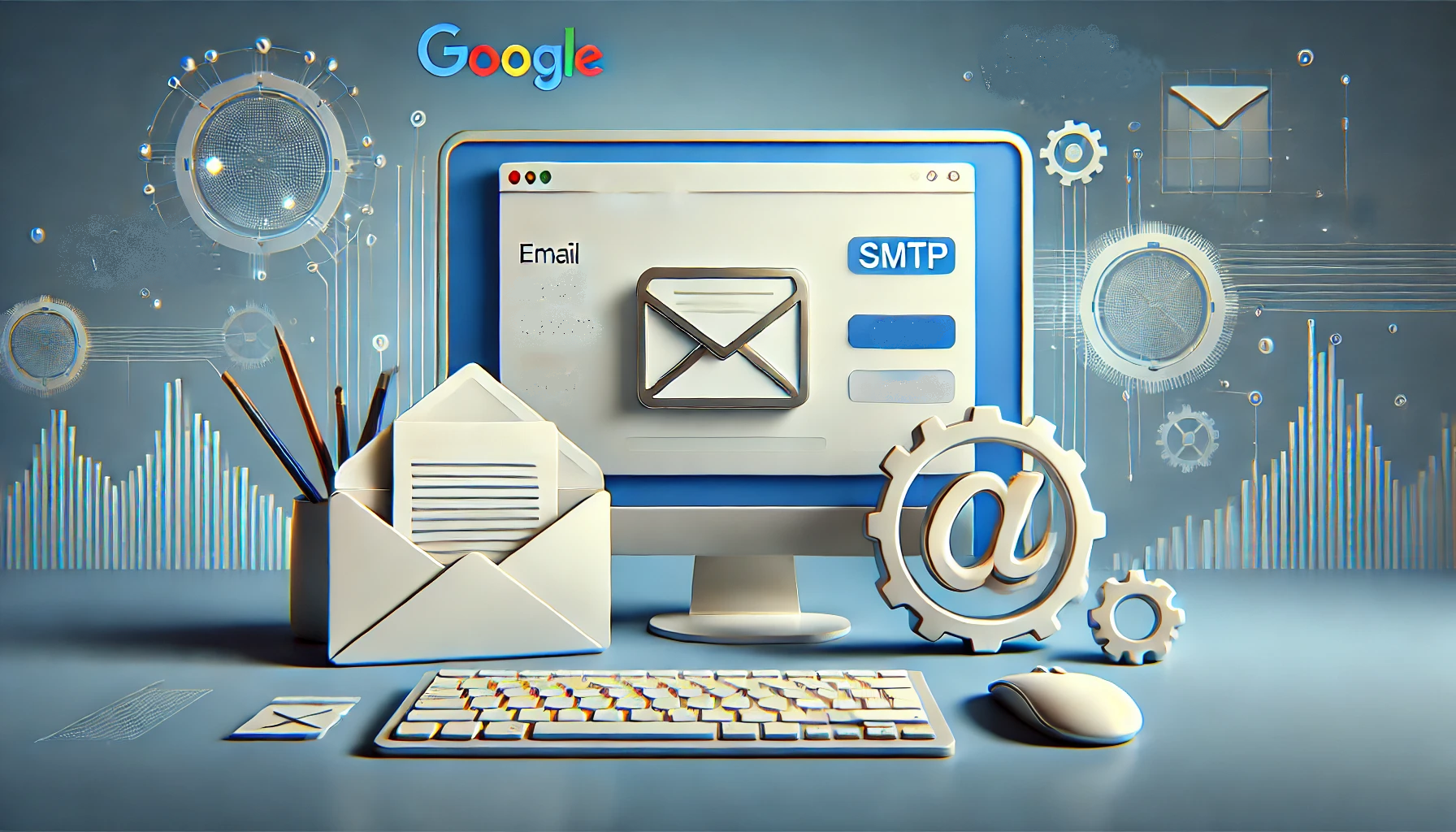Here’s one thing you can count on: Marketers are always coming up with new ways to market their business. Whether it’s a new discovery, or just a change in the times, brands have been finding new ways to reach customers and sell their products. One of the most popular marketing strategies today is called content marketing. It’s so popular that most people think it’s a direct competitor to traditional marketing methods such as advertising, public relations, and direct selling. Let’s take a look at what these two strategies have in common, where they differ, and how marketers can use both of them to grow their business faster than ever before.
What Is Content Marketing?
Content marketing is a strategy that involves creating and distributing valuable, relevant, and consistent content to attract and engage a specific audience with the goal of driving profitable customer action. The content can be in various forms such as articles, blog posts, videos, podcasts, infographics and more, and is typically distributed online through a company’s website or social media channels.
The goal of content marketing is not to directly sell products or services, but rather to establish trust and credibility with the target audience. By providing valuable and informative content, companies can attract and retain customers who are more likely to engage in profitable actions such as making a purchase or becoming a repeat customer.
Content marketing is considered a “pull” method, as it attracts customers by providing them with information they are actively seeking. This approach helps to establish a more meaningful connection with the audience, as it addresses their pain points, interests, and goals. It also allows companies to reach and target specific audiences more effectively.
Additionally, Content marketing allows companies to reach their audience at scale, through the use of SEO, SEM, and social media. This means that companies can reach a wider audience with less cost and effort compared to traditional marketing methods. By creating and distributing valuable and engaging content, companies can establish a relationship of trust with their customers, which can lead to increased ROI over time.
What Is Traditional Marketing?
Traditional marketing is a tried-and-true method of promoting a company’s products or services to targeted audiences through various forms of communication. This can include a wide range of tactics such as print ads in newspapers and magazines, radio commercials, billboards, posters, and television commercials. Additionally, traditional marketing can include public relations activities like press releases, events, and product launches, as well as direct mailings and telemarketing calls.
One of the main characteristics of traditional marketing is its focus on advertising as a means of reaching customers. Traditional marketing relies heavily on mass media to broadcast its message to a broad audience. The goal is to inform or persuade people about a company’s product or service, rather than engaging in a two-way conversation with them. This is why traditional marketing is often referred to as a “push” method, as the company is pushing information out to customers rather than actively seeking feedback or input.
However, traditional marketing has some limitations, such as the increased competition for consumers’ attention and the high cost of producing and airing commercials on television, radio and print. Additionally, traditional marketing methods are less targeted and may not reach the right audience effectively. As a result, more and more companies are turning to other marketing methods, such as content marketing, to connect with their target audience in a more meaningful and cost-effective way.
The Pros and Cons of Both Types of Marketing
Both traditional marketing and content marketing have their own set of advantages and disadvantages. While traditional marketing tactics can still be effective in certain scenarios, many marketers are now turning to digital marketing methods such as content marketing to grow their businesses and reach customers.
Pros of Traditional Marketing
- Well-established and proven method of reaching customers
- Can reach a large audience quickly
Cons of Traditional Marketing
- Out of touch with how consumers prefer to interact with brands
- Not as effective in driving brand awareness as content marketing
- Expensive and can be difficult to measure ROI
- Not as scalable as digital marketing methods
- Limited ability to target specific customer groups
- Focuses on promoting products, rather than solving customer problems
Pros of Content Marketing
- Cost-effective and easy to measure ROI
- Scalable and allows for targeting specific customer groups
- Focuses on solving customer problems and building trust
- Opportunity to nurture brand loyalty and create a community around your brand
- Allows for the creation of long-term assets that can generate leads and conversions for months and even years to come
Cons of Content Marketing
- Not as well-established as traditional marketing
- Requires a significant investment of time and resources to create high-quality content
While traditional marketing can still be an effective way of reaching customers, content marketing is quickly becoming the preferred method for many businesses due to its cost-effectiveness, scalability, and ability to build trust and nurture brand loyalty.
Combining Content Marketing and Traditional Marketing for Success
When it comes to developing a comprehensive marketing strategy, it’s important to understand the strengths and limitations of both content marketing and traditional marketing. While traditional marketing can effectively reach a large audience quickly, content marketing offers a cost-effective and scalable way to build trust, nurture brand loyalty and target specific customer groups.
To get the most out of your marketing efforts, it’s essential to find a balance between creating valuable and relevant content and spreading that message through traditional marketing channels. One way to do this is to have part of your marketing team focus on producing quality content while another part focuses on distribution and promotion.
To increase your chances of exposure, it’s important to understand your target audience and their tendencies. For example, you can research what type of audience is more likely to need your product or service, and tailor your content and traditional marketing efforts accordingly. Additionally, including keywords in your content that are relevant to your audience can also help increase visibility in search engines.
In summary, combining the strengths of content marketing and traditional marketing can help to increase brand awareness, drive conversions, and ultimately generate more revenue for your business.
Why Content Production and Distribution Are Essential for Business Growth?
Creating valuable, relevant and consistent content is the backbone of a successful content marketing strategy. It’s an investment that pays off in the long run, as it helps to attract and engage your target audience, establish trust, and drive profitable customer action.
It’s important to remember that content marketing is not a one-time effort, but rather a long-term investment. It’s about creating a steady stream of high-quality content that resonates with your audience and encourages engagement. By fostering a sense of community and building a strong emotional connection with your customers, you can achieve a higher level of trust in your brand and drive word-of-mouth marketing.
One of the key advantages of content marketing is its ability to target specific audiences and deliver tailored messaging. Unlike traditional advertising, digital media channels like websites, blogs, and social media platforms offer a high degree of flexibility and allow brands to connect with customers through storytelling, videos, infographics, and other engaging formats.
To succeed in content marketing, it’s essential to understand the importance of both content production and distribution. By creating high-quality content and promoting it through effective link building and distribution tactics, you can increase brand awareness, drive conversions, and ultimately generate more revenue for your business.
If you need help with your content marketing strategy and want to see positive results in your business, contact us today to schedule a consultation.
Author
-
CEO and Co-Founder at AmpiFire. Book a call with the team by clicking the link below.







